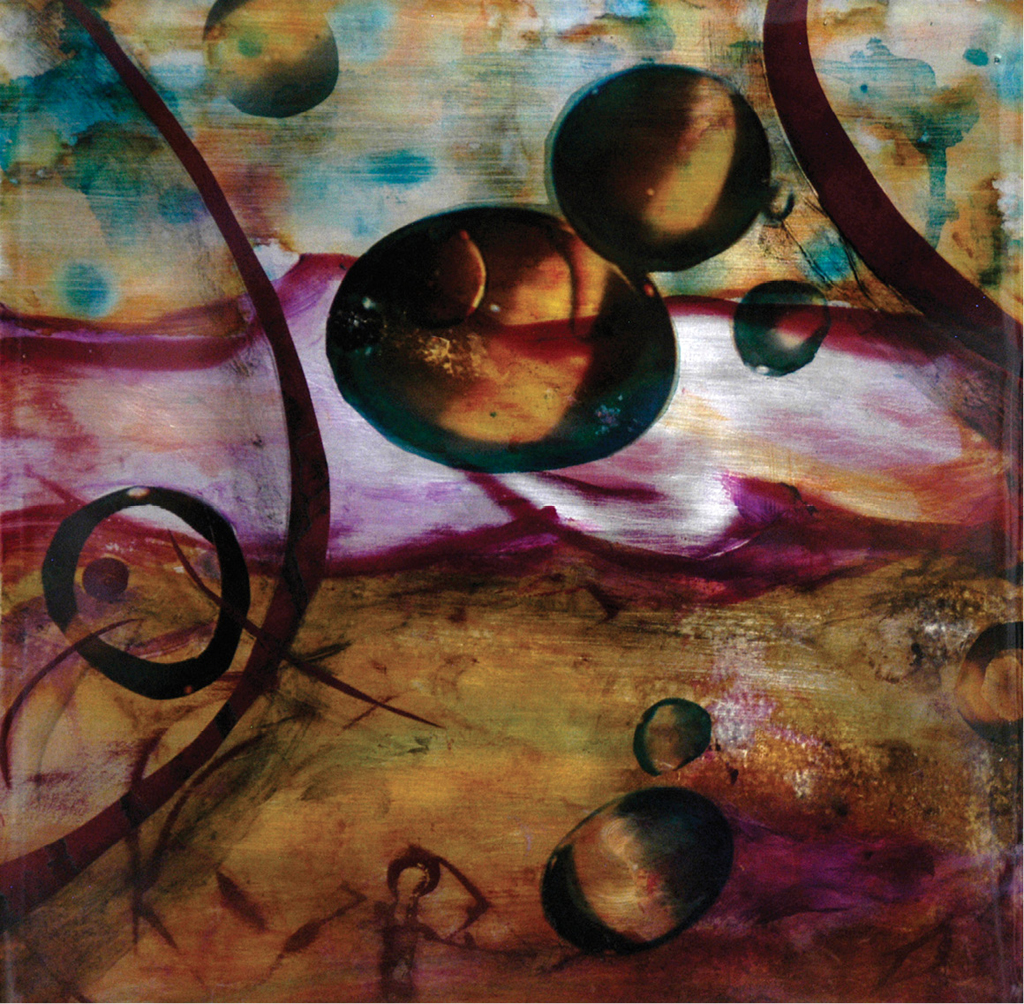
There are plenty of scientific articles on this topic; however, for simplicity we can organize artist paint colors into three main categories based on their pigments: mineral (also called inorganic), modern (also called organic) and reflective (iridescent and interference paints). The pigments in the mineral category, as well as the reflective categories, contain both natural and synthetic pigments, while pigments in the modern category are all synthetic.
Modern paints tend to have new-sounding names like Phthalo and Quinacridone, while mineral paints usually have familiar-sounding names like Ochre, Cadmium and Burnt Sienna. If you could see pigment particles in a microscope, the pigments in the mineral category look like dusty boulders while the modern ones resemble pieces of stained glass. Mineral colors have a consistent hue whether applied thinly (to reveal its undertone) or thickly (to create its masstone), offer more opaque coverage, apply evenly with a brush, and dry to a matte sheen. Modern colors are opaque and darker in hue when applied thickly, while super bright and transparent when used thinly. Modern colors appear streaky when brush applied due to this dramatic visual difference between thick and thin applications and dry glossy. Some other differences include tinting strengths. Minerals get immediately dull and chalky when white is added, while moderns “pop” or get intensely brighter with a small amount of white. When mixing colors, moderns are “cleaner” and don’t turn muddy as fast as minerals. Moderns are powerful color mixers that strongly affect the resulting color when added to a mixture. Reflective paints reflect light and refract color. These unique pigments have their own special set of guidelines covered in more detail in Section 3: Essential Tips for Reflective Paints.

The wide variety of acrylic paint colors open up incredible possibilities for abstract or representational imagery.
SPACE AND TIME
Sandra Duran Wilson
Acrylic transfers and collage on aluminum with poured resin, 8" × 8" (20cm × 20cm)